In past three months or so there has been a flurry of diplomatic activities in the Indo-Pacific region with top leaders visiting countries with a view to deepen the strategic relations and promote understanding on a host of bilateral and regional issues. The US has reacted strongly and has come up with counter-strategy when certain country tries to make inroads into what it considers its sphere of influence. Such developments with breath-taking rapidity have threatened to upset the existing balance of power in the Pacific. [1]
The most significant development in this narrative is the visit of Chinese Foreign Minister Wang Yi to the eight island nations in the South Pacific in late May 2022 and the signing of a security pact days before the visit with the Solomon Islands. This caused ripples in Washington, Canberra and Wellington. Traditionally, South Pacific has been America’s sphere of influence. Washington took notice of this and made its intentions known to boost America’s commitments to the South Pacific Ocean, including the Solomon Islands, in cooperation with Japan and Australia, among other countries. Days before Wang’s visit, US President Joe Biden had visited South Korea and Japan where he joined a summit meeting of the four Quad members – the US, Japan, India and Australia – on 24 May. On 21 May, Australia had national elections in which the Scott Morrison government was unseated and the Labor’s Anthony Albanese was catapulted to office. After quickly taking oath of office Albanese flew to Tokyo to join the other leaders of three other Quad members. This was his first significant diplomatic engagement.
In April, Biden dispatched his National Security Council Indo-Pacific Coordinator Kurt Campbell and Assistant Secretary of State for East Asian and Pacific Affairs Daniel Kritenbrink to visit Fiji, Papua New Guinea and the Solomon Islands to convey US commitment to the security of the region. Campbell and Kritenbrink were accompanied with members of the Department of Defense and the Agency for International Development to discuss security and economic assistance issues. The visit to the three countries was to ensure that the US partnership shall deliver prosperity, security and peace process across the Pacific Islands and the Indo-Pacific. Earlier in February, just before the US Secretary of State Antony Blinken visited Fiji, the Biden administration released its “Indo-Pacific Strategy” document underlining the importance it attaches to the South Pacific region. It also announced plans for Washington to establish an embassy in the Solomon Islands. Despite such pro-activism by the US, China quietly entered into the security pact with the Solomon Islands in March, much to Biden’s surprise.
Though China stressed the accord was not targeting any other countries, it was clear that it was intended to keep the US and other countries in check following Washington’s decision to dispatch senior officials to the region. Washington immediately raised the red flag by remarking that the broad nature of the security agreement leaves open the door for the deployment of PRC military forces to the Solomon Islands.
Australia whose security will be directly affected by the presence of Chinese forces not far from its shores opposed the security cooperation agreement. The unseated Morrison government then sent Zed Seselja, minister for international development and the Pacific, to the Solomon Islands from 12-13 April to speak with Prime Minister Manasseh Sogavare and other ministers, urging them against signing the accord. In particular, Australia was perturbed that there was no transparency, noting that it could undermine stability in the region and therefore sought clarity. As it transpired, it was too late for Sogavare to retract from his position and therefore justified the security pact with China saying that it was to maintain internal security. Even Japan’s limited influence through its Grant Aid Program was of no use to dissuade Sogavare.
China was emboldened after the security pact with the Solomons. Beijing sent its Foreign Minister Wang Yi on an eight-nation tour in the Pacific in a further demonstration of Beijing’s military and financial ambitions in the South Pacific region. Kiribati had closed its borders as part of measures to stamp out an outbreak of Covid-19 but China persuaded Kiribati to allow Wang and his 20-strong delegation into the country for in-person discussion. The issue of fishing ground was too sacred for Kiribati to discuss with any foreign power but Kiribati President Taneti Maamau was persuaded to talk with Wang.
At stake was the future of the Phoenix Islands Protected Area, a stretch of ocean the size of California that was named a UNESCO World Heritage site.[2] When in November President Maamau decided to end the commercial fishing ban in force since 2015 and begin to sustainably fish the area, speculations were rife that a fishing agreement shall be entered with China during Wang’s visit. With this in mind, Beijing offered to upgrade an airport runway and causeway in the Phonex Island group. Besides the fear of obliterating the area’s fish stock because of heavy commercial fishing, the other concern was that China shall use the fishing fleets in Kiribati as an additional hub for Beijing’s surveillance activities. This was the first high power visit by a Chinese delegation to Kiribati after the resumption of diplomatic ties in 2019.
Wang’s larger agenda was to strike a deal with 10 small Pacific nations. The sweeping agreement drafted unilaterally by Beijing with no transparency covered everything from security to fisheries and was perceived by some Pacific island nations as an attempt by Beijing to wrest control of the region. The pre-written agreement as part of a joint communiqué following a 30 March meeting in Fiji with other foreign ministers hit roadblocks when some island leaders raised red flag. The agreement finally did not come through.
Australia was on alert and as a counter move the Labor government of Albanese sent its Foreign Minister Penny Wong to Fiji to shore up support in the Pacific. Wong urged the island nations to consider the benefits of sticking with Australia as a partner because there are no strings attached in its dealings unlike China. Wong assured that partnering with Australia would help to protect Pacific priorities and Pacific institutions.
China’s security pact with the Solomons sent shock waves around the world and raised fears that China could send troops to the island nation or even establish a military base there. Though both China and Solomons denied any plan about a base, Australia was not convinced, nor was the US.
Ultimately it transpired that Wang Yi’s trip proved a failure. Even when the spectre of Wang Yi’s visit to the South Pacific thought to have heralded a new front in Beijing’s quest for global influence and challenged decades of Western primacy, the centrepiece of Wang’s proposal of a regional pact drafted in utter secrecy aimed to turbo-charge China’s role in Pacific island security when leaked to the press was roundly rejected by the regional leaders.[3] The Pacific island nation leaders were miffed that China did not care to discuss the terms and conditions of the regional agreement in advance and no consultations were made. While Samoan Prime Minister Fiame Naomi Mata’afa raised the discussion issue, Fiji’s Prime Minister Frank Bainimarama alleged the agreement was part of China’s aim of “geopolitical point-scoring”.
Beijing’s style of conducting diplomacy stood exposed as in the realm of diplomacy where texts and talking points are drafted, redrafted and broadly agreed upon, Beijing was found wanting. It was a stunning misfire for Beijing. This left the abrasive Chinese diplomats engaged in “wolf warriors” thoroughly exposed.
Despite this setback, Beijing is not expected to be deterred in pursuing its ambitions in the region but in a salami-slicing strategy would focus now onwards more vigorously on investing in infrastructure, fisheries, timber or mining assets, besides making inroads in sensitive areas such as policing, cyber-security and maritime surveillance. Beijing’s larger geopolitical agenda seems to be to weaken US influence, change Asia’s military balance, hem in Australia and even prepare for a military takeover of Taiwan. If Beijing succeeds in setting up a base in the South Pacific, it shall still remain vulnerable given vast US assets in places such as Guam. But the scenario shall change if Beijing sets up more than one base. In such an event, the US defence planners shall have to seriously review its defence planning in the South Pacific.
Beijing is aware of how Washington shall respond with countermeasures and therefore may not hasten the process of acquiring bases. Beijing is likely to bide its time, score small wins and try continue to influence the island nations’ domestic politics to get a decision in its favour. One finds such salami-slicing strategy by China in South China Sea and may replicate the same in the South Pacific.
Though Wang Yi’s failure to get the Pacific Islands on board on his drafted security pact is seen as a huge diplomatic setback, Wang did not return empty-handed. He signed a series of bilateral agreements with Samoa and Papua New Guinea which could make the presence of Chinese police, boats and officials a more normal sight. Beijing, however, ought not to take the political resolve of the Pacific island nations lightly as demonstrated in their refusal to sign on the dotted line of the security pact drafted by China without prior consultations. Embedded in the national psyche of the peoples in the islands is a resolve to protect and defend their sovereignty and they do realise that they did not get independence in order to sell again. The leaders of the Pacific nations are adept in balancing relations with both China and the West and they did that with Wang Yi.
Albanese Reaches out to Indonesia
Not to take lightly with China’s incursions and attempts to expand strategic influence and maritime, the Australian Prime Minister Albanese visited Indonesia in a regional push and gathering regional allies in efforts to counter China’s increasing assertiveness in the Indo-Pacific. [4] Fresh from a 10-day official trip to South Pacific, Foreign Minister Wong too accompanied Albanese in the five-person delegation, demonstrating the importance Australia attaches to ties with Indonesia. Being partners in the comprehensive strategic partnership, Albanese and Indonesia’s Joko Widodo discussed regional issues such as the security pact between Australia, Britain and the US, known as AUKUS. The pact, formed in 2021, allows Canberra to acquire a fleet of nuclear-powered submarines from the US with unlimited and hard-to-detect underwater cruising capabilities. The visit was also intended to allay Indonesia’s apprehension that Australia’s submarine deal could start a regional arms race. Albanese assured Indonesia that Australia has no intention of acquiring nuclear weapons and will remain a non-nuclear state.
Another point of discussion was Russia’s possible participation at the G-20 summit in November in Bali to which so far Indonesia has agreed. Australia is reluctant to participate if Russia’s Putin is also invited. Since November is far away, a possible compromise on the issue of Russia’s participation could be worked out.
In Indonesia there exists a perception that the Labor government is more receptive to suggestions than the outgoing coalition government of Morrison and therefore feels comfortable in conducting diplomacy and business.[5] This does not mean to suggest that Australia and Indonesia do not have differences. Indeed, there are fundamental differences between the two neighbours on international affairs, including tensions in the Indo-Pacific arising from China’s increasing assertiveness. Though Indonesia is aware of the China threat as it has seen Chinese incursions in its northern waters, it prioritises dialogue and cooperation as against Australia’s focus on military deterrence. Jakarta is convinced that Australia’s position on China is unlikely to be changed as it understood clearly from Albanese’s remarks at the recent Quad summit in Tokyo.
The positive dimension of all these developments demonstrate that most countries are reaching out to the other in a spirit of goodwill, friendship and fellow-feeling either bilaterally or at the regional summit levels for arriving at an understanding for regional good. Minor differences would remain but those are eventually subsumed for larger interests as the future of the region is at stake. The latest in this narrative is the Shangri-La dialogue in Singapore but this aspect has been kept aside for a separate in-depth analysis for another commentary.
Endnotes :
[1] Kazuhiko Makita and Daisuke Kawakami, “Pact prompts U.S. to focus on power balance in Pacific”, Yimouri Shimbun, 21 April 2022, https://japannews.yomiuri.co.jp/world/asia-pacific/20220421-22259/
[2] “China’s FM visits Kiribati, where fishing ground is at stake”, Asahi Shimbun,
27 May 2022, https://www.asahi.com/ajw/articles/14631320
[3] “China's diplomatic gambit heralds new 'Battle for the Pacific'”, 3 June 2022, https://www.channelnewsasia.com/world/china-diplomatic-gambit-pacific-islands-heralds-new-battle-2724911?cid=braze-cna_CNA-Evening-Brief_newsletter_03062022_cna
[4] Dandy Koswaraputra, “In regional push to counter China, new Australian PM to visit Indonesia”, 3 June 2022, https://www.globalsecurity.org/wmd/library/news/australia/2022/australia-220603-rfa01.htm?_m=3n%2e002a%2e3344%2eon0ao069c5%2e33pk
[5] David Engel, “Albanese’s trip to Jakarta a chance to strengthen Australia-Indonesia ties”, 3 June 2022, https://www.aspistrategist.org.au/albaneses-trip-to-jakarta-a-chance-to-strengthen-australia-indonesia-ties/?utm_medium=email&utm_campaign=Weekly%20The%20Strategist&utm_content=W
(The paper is the author’s individual scholastic articulation. The author certifies that the article/paper is original in content, unpublished and it has not been submitted for publication/web upload elsewhere, and that the facts and figures quoted are duly referenced, as needed, and are believed to be correct). (The paper does not necessarily represent the organisational stance... More >>
Image Source: https://www.mapsofworld.com/answers/geography/what-are-the-key-facts-of-the-solomon-islands/attachment/map-of-solomon-islands/#

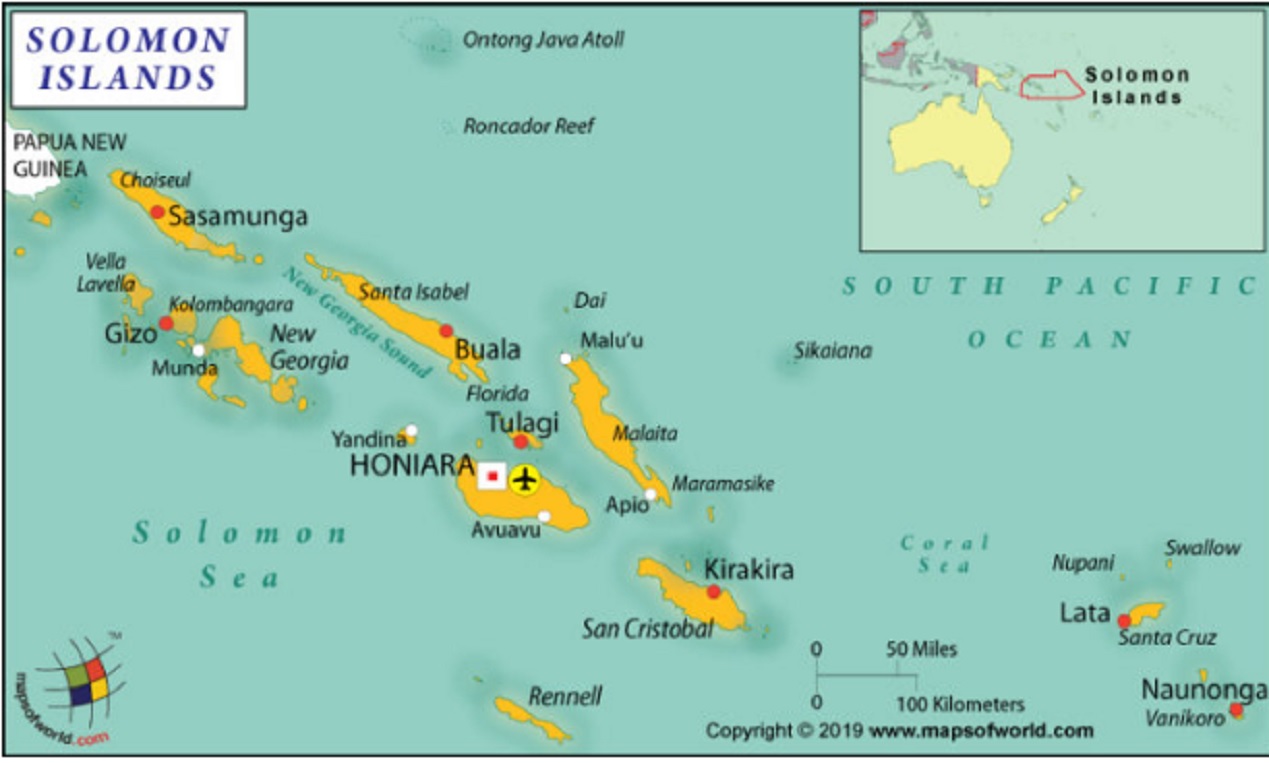
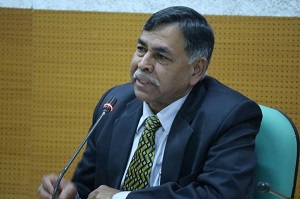


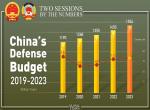
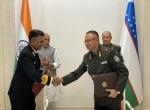
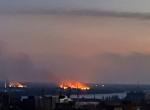
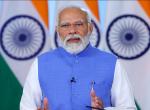
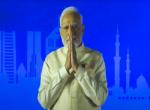

Post new comment